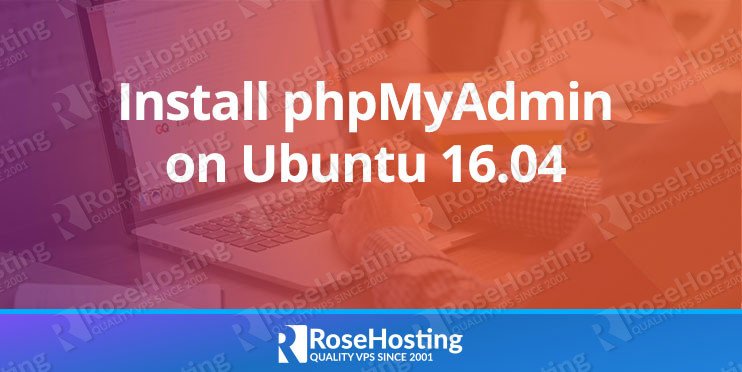

Now access the web interface by typing localhost/phpmyadmin. Now please restart Apache for your changes to be recognized: $ sudo service apache2 restart You will then be asked to choose and confirm a password for the phpMyAdmin application itselfĪfter installation is complete, now we need to do is explicitly enable the php5-mcrypt extension by writing this command: $ sudo php5enmod mcrypt.During this installation you’ll be asked for the web server selection, we will. apt install phpmyadmin php-mbstring php-gettext. Step 2: Install PhpMyAdmin and PHP extensions for managing non-ASCII string and necessary tools. After securing the MySQL database, you must execute the following command to install the latest version of phpMyAdmin on the Ubuntu server.
#UBUNTU INSTALL PHPMYADMIN UPDATE#
#UBUNTU INSTALL PHPMYADMIN HOW TO#
For Fedora guys, use our previous guide: How to Install and Configure phpMyAdmin on Fedora. Select yes when asked whether to use dbconfig-common to set up the database If you need to install the latest phpMyAdmin on Ubuntu 22.0420.0418.04, you’ll have to download the package from the official phpMyAdmin releases page.For the server selection, choose apache2.More specific details about installing Debian or Ubuntu packages are available in our wiki. Securing setup script, see Setup script on Debian, Ubuntu and derivatives. Now write this command to install phpMyAdmin: $ sudo apt-get install phpmyadmin Creating of phpMyAdmin configuration storage using dbconfig-common. So the main answer is to not honor these Recommends when installing phpmyadmin: sudo apt-get -no-install-recommends install phpmyadmin And your side question: for repeatability, I always use packages. Step 1: First you need to update the package index on your server with this command: The phpmyadmin package doesnt have a hard dependency on apache, but its in the Recommends: line. This blog will help you to understand how to install securely phpMyAdmin to manage your databases on Ubuntu 14.04


 0 kommentar(er)
0 kommentar(er)
